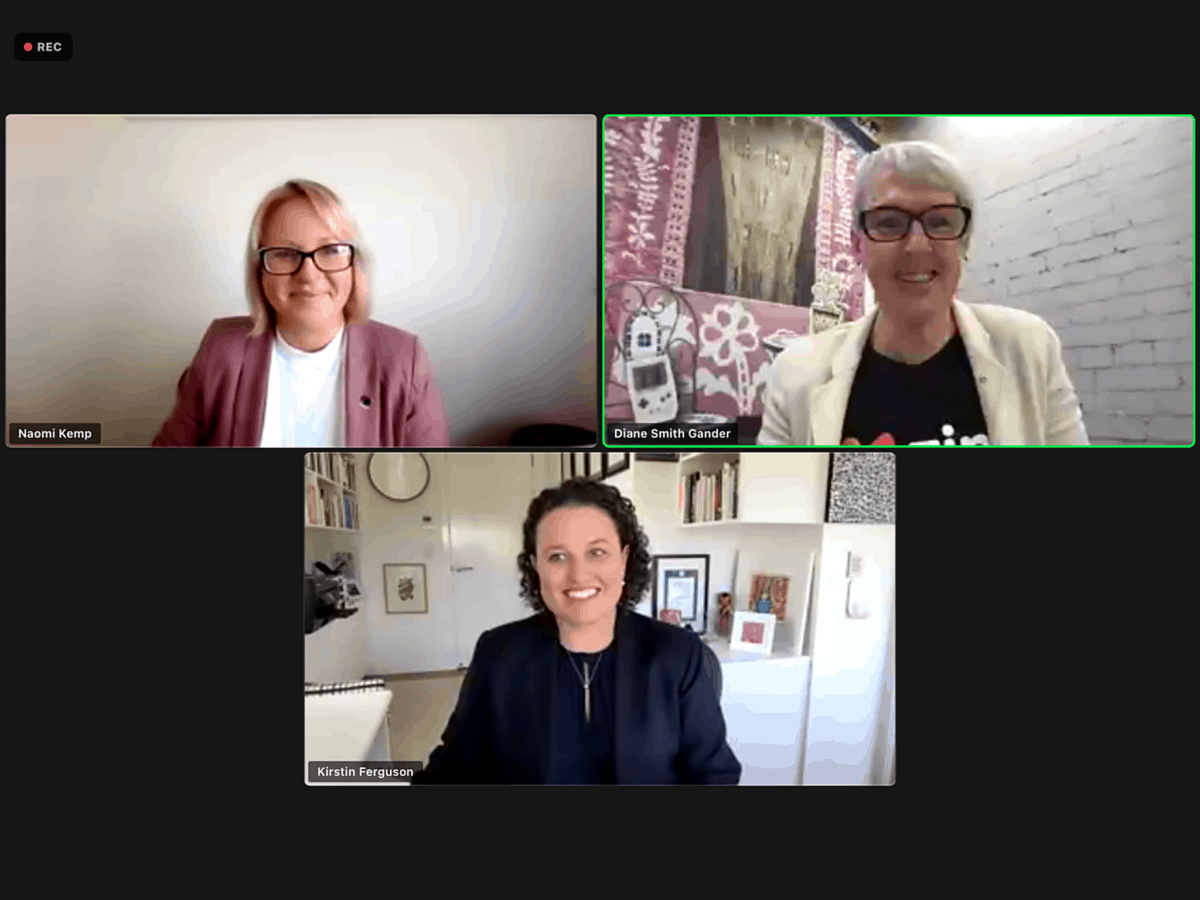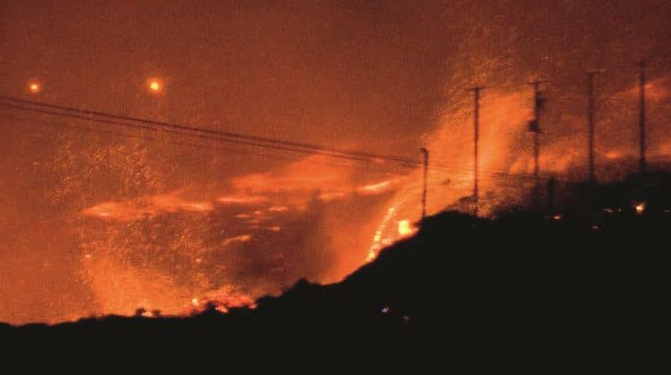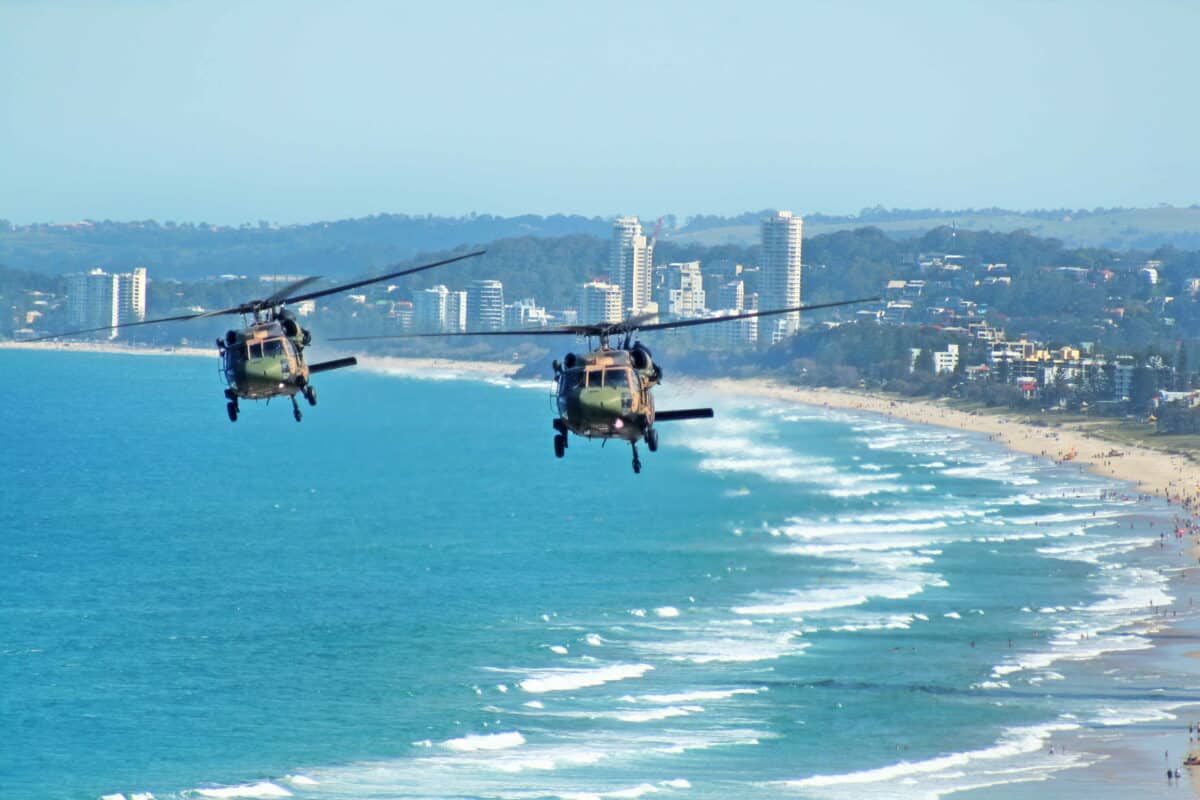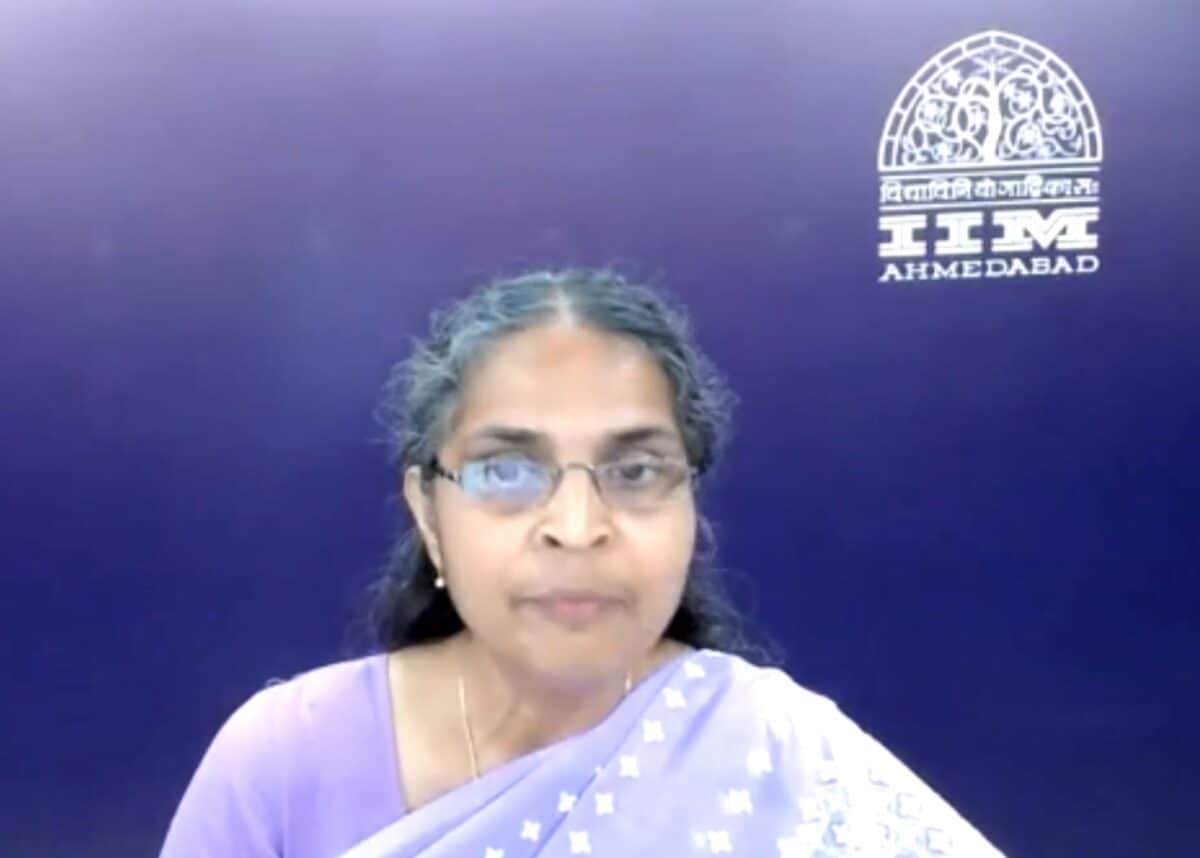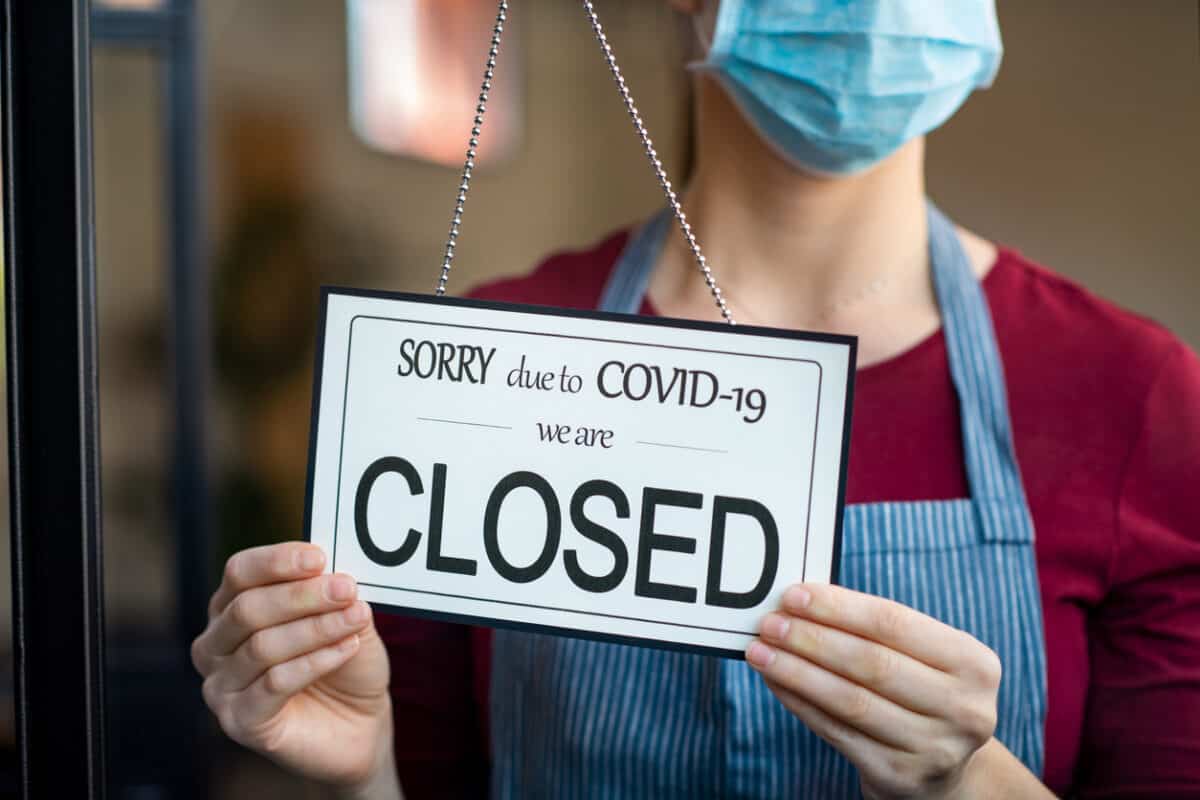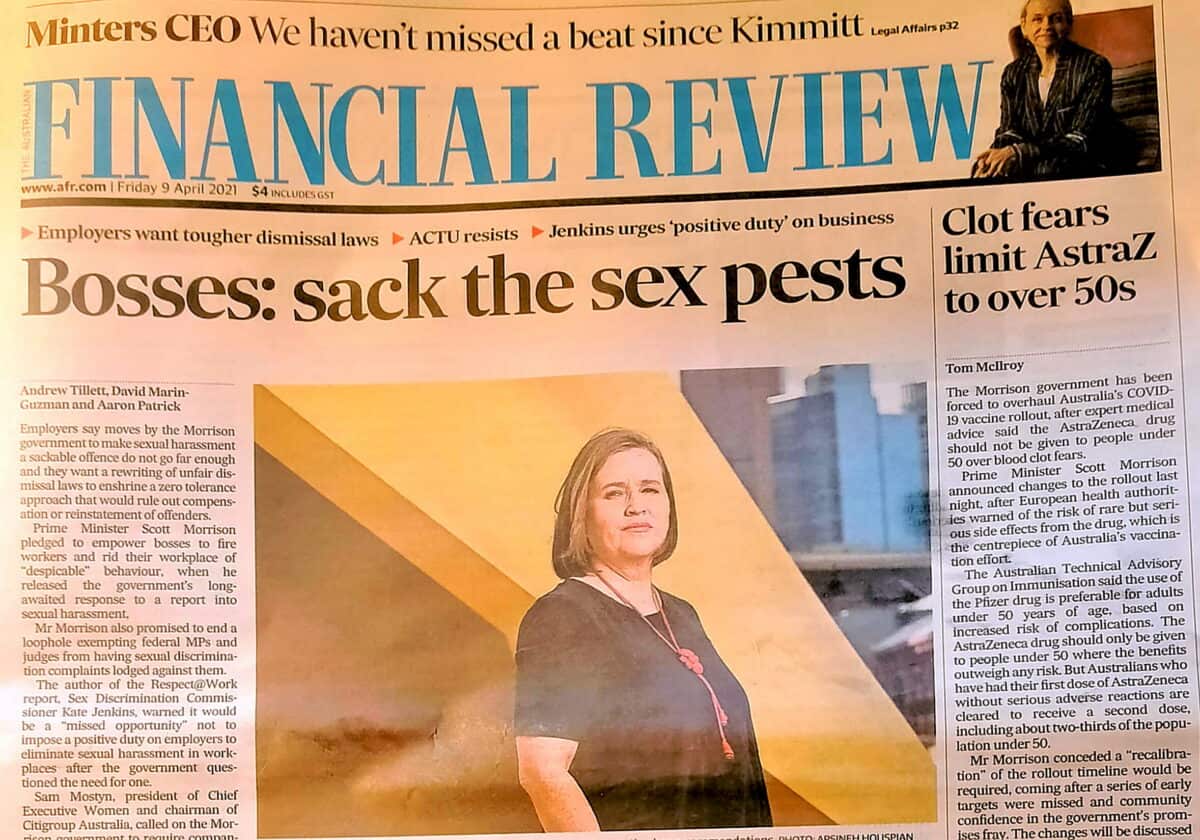Recently the Australian Institute of Health and Safety (AIHS) conducted a lunchtime online seminar on leadership. The speakers were prominent Australian women – Naomi Kemp, Diane Smith-Gander, Kirstin Ferguson and Queensland Minister Grace Grace. Although the seminar was hosted as part of the Women in Safety and Health group, these events are open to everyone. As work-related sexual harassment has shown, men are as involved in the process of safety and harm prevention as are women.
One of the biggest weaknesses of any safety management system, safety culture or safety leadership, comes from hypocrisy. Leaders state the importance of occupational health and safety (OHS) to the business then make decisions where OHS and worker welfare is dismissed or minimised, or rationalised dubiously to “as far as is reasonably practicable”.
Smith-Gander spoke about how executives should embed OHS into all the Board and executive decisions beyond the obligatory and often poor quality “Safety Moments” at the start of a meeting.

